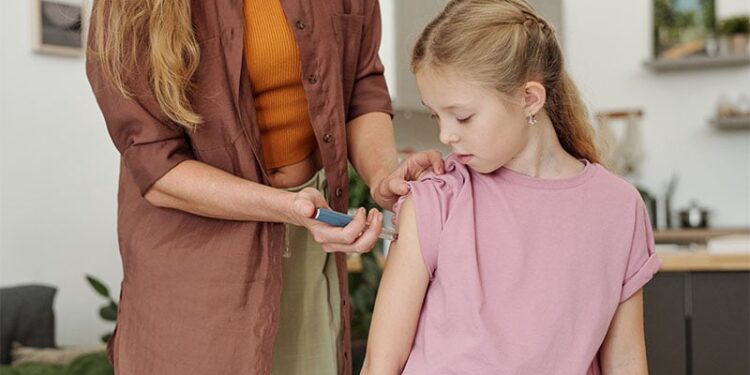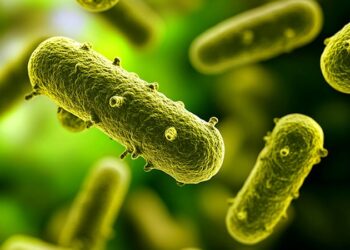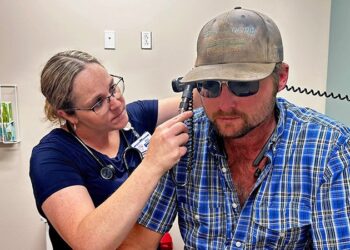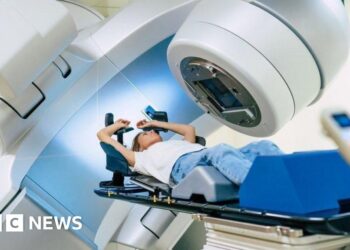TOPLINE:
A multicenter study found that a 2-hour monitoring period was sufficient for most children who presented to the emergency department with an acute allergic reaction treated with epinephrine. However, children with cardiac involvement needed 4 hours of monitoring, but the risk of repeat dosing beyond this period was low.
METHODOLOGY:
- Researchers conducted a retrospective cohort study to assess the incidence rate and timing of repeat epinephrine dosing among patients stratified by the severity of their initial reaction.
- Overall, 5641 children (median age, 7.9 years; 56.1% boys) who presented to emergency departments in the US or Canada with an acute allergic reaction treated with epinephrine before arrival between January 2016 and December 2019 were included.
- The primary outcome was the time interval between the first and last doses of epinephrine.
TAKEAWAY:
- Overall, 4.7% of patients received repeat epinephrine 2 hours after the initial dose, with the proportion of patients decreasing at 4 hours (1.9%), 6 hours (1.1%), and 8 hours (0.8%).
- Patients without respiratory or cardiovascular involvement had a 105-minute threshold (95% CI, 54-135) during which the risk of requiring repeat epinephrine remained below 2%; 4.1% of patients still required additional doses after this period.
- Those with respiratory but no cardiovascular involvement showed a similar threshold of 109 minutes, with 5.2% of patients requiring additional doses beyond this period.
- Patients with cardiovascular involvement required longer monitoring, with a threshold of 161 minutes (95% CI, 125-249), and 4.4% required repeat doses beyond this time.
IN PRACTICE:
“[The study] findings can reduce emergency department observation periods for children without cardiovascular involvement (91% of encounters) and might reduce hospitalizations for children with cardiovascular involvement whose symptoms resolve promptly, completely, and durably,” the authors wrote. “Furthermore, our findings can help clinicians assess risk to inform management, which should also be informed by clinical experience, patient or caregiver preferences, access to EAIs [epinephrine autoinjectors], and knowledge or comfort using them,” they added.
SOURCE:
Timothy E. Dribin, MD, with the Cincinnati Children’s Hospital Medical Center, Cincinnati, was the corresponding author of the study, which was published online in The Lancet Child & Adolescent Health.
LIMITATIONS:
The findings may not be applicable to community emergency departments that serve different patient populations or have staff with varying levels of pediatric expertise. The retrospective design carried a risk of information bias despite strict protocols, and follow-up may have been incomplete if patients sought care elsewhere. The study also identified both underdosing and overdosing of epinephrine.
DISCLOSURES:
This project was funded by the National Center for Advancing Translational Sciences and the National Institute of Allergy and Infectious Diseases of the National Institutes of Health. One author reported holding stocks in N-Fold and DBV Technologies, providing advisory services, or receiving funding, royalties, or consultation fees from various pharmaceutical and other companies. Another author reported providing consulting services to CSL Behring Consultancy.
This article was created using several editorial tools, including AI, as part of the process. Human editors reviewed this content before publication.
Source link : https://www.medscape.com/viewarticle/2-hour-epinephrine-watch-safe-kids-anaphylaxis-2025a1000gsx?src=rss
Author :
Publish date : 2025-06-24 12:15:00
Copyright for syndicated content belongs to the linked Source.














